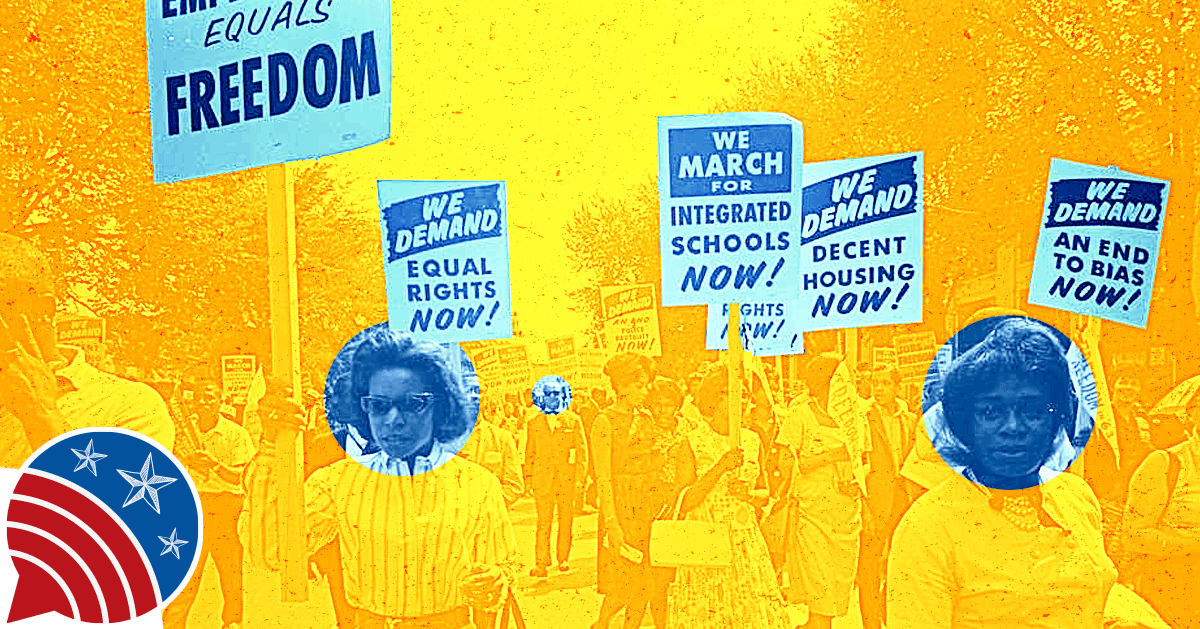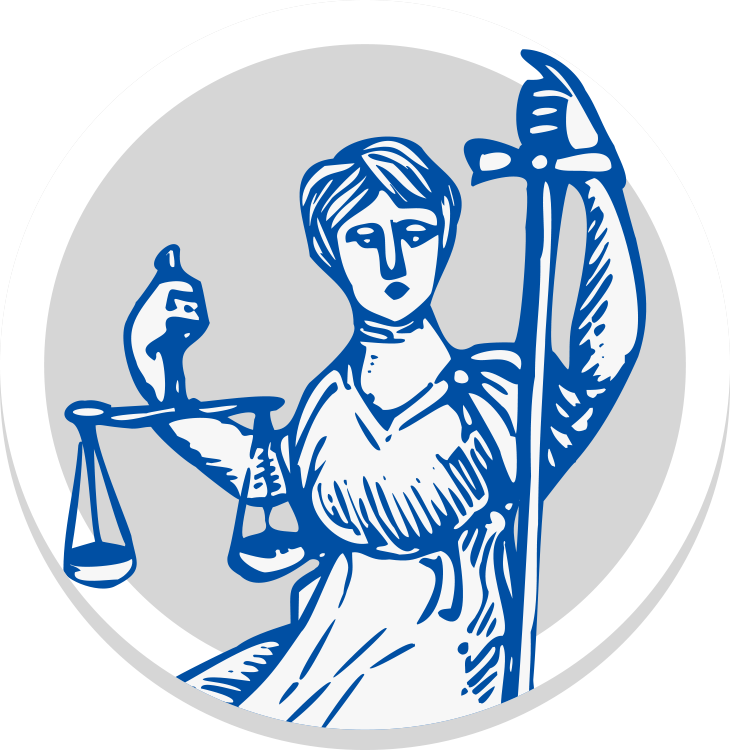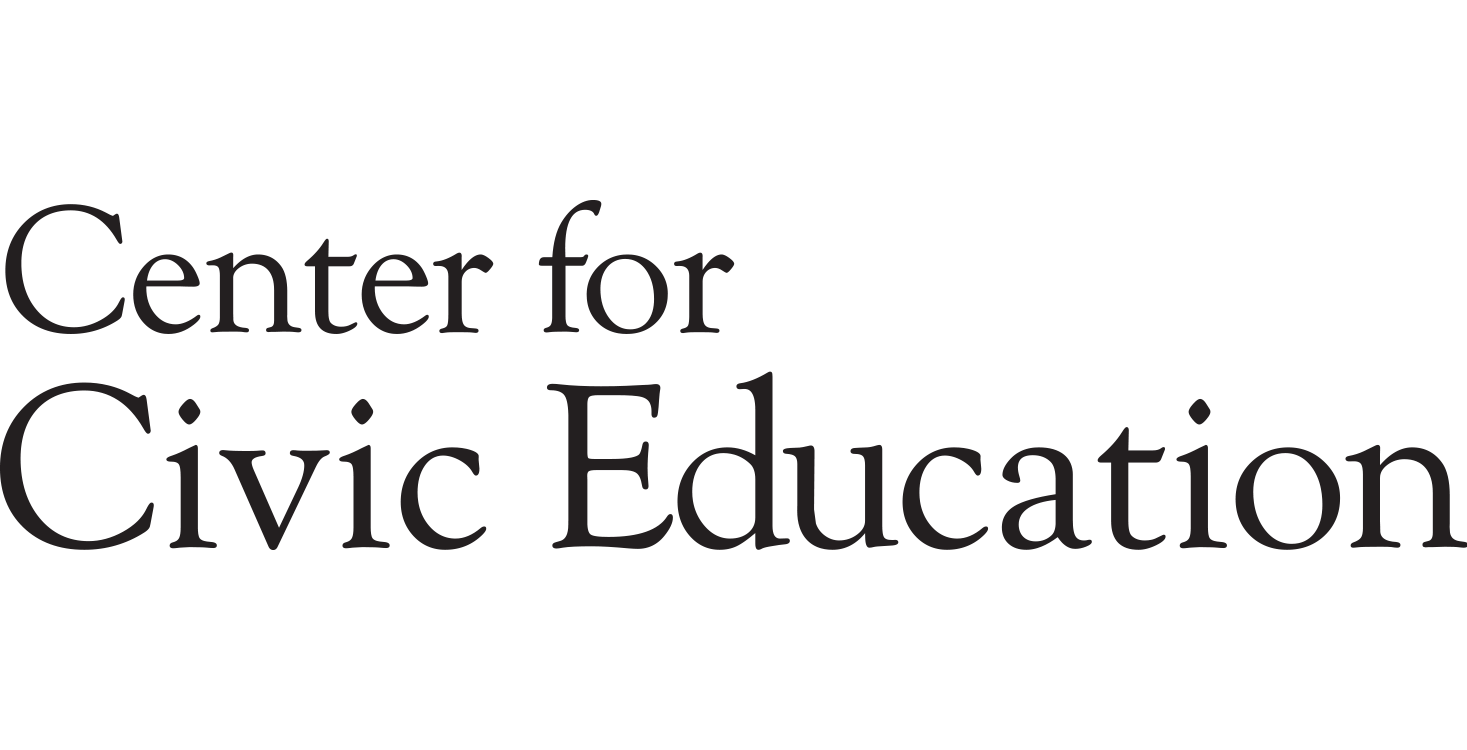
Civil Rights
Paideia Seminar Plan
Launch Activity
Ask participants to jot down and discuss the following question: “Consider your home community. Are the schools segregated? By what metric? Why do you think that is?”
Direct participants to small groups after 5-10 minutes of quiet work time. Inform them that they are to work with their group members to solidify a list of priorities that incorporates each member's ideas.
After 5-10 minutes of quiet work time, direct participants to partner with another group in the room. Inform them that they are now tasked to incorporate the ideas of their partner group into a new list of ten priorities. Repeat this process once more, depending on the size of the group.
Ask participants to choose a group speaker to share their list with the whole group. Debrief the simulation/process with the participants.
Inspectional Read
Distribute the text Brown v. Board of Education of Topeka (1954). Discuss with participants what they anticipate each of these texts will be about. Have them number the lines in the text for Brown v. Board of Education. Then ask participants to read the text while highlighting unfamiliar words and phrases.
Background Information
Brown v. Board of Education of Topeka was a landmark decision by the United States Supreme Court in 1954 that declared racial segregation in public schools unconstitutional. A group of African-American parents brought the case forward on behalf of their children, who were denied admission to white schools due to their race. The Court found that segregation in education violated the Equal Protection Clause of the 14th Amendment, which guarantees equal treatment under the law to all citizens.The decision overturned the "separate but equal" doctrine established in the Plessy v. Ferguson case of 1896, which allowed for racial segregation in public facilities as long as they were deemed equal in quality. Brown v. Board of Education marked a significant turning point in the Civil Rights Movement and paved the way for the desegregation of other public institutions, including public transportation, housing, and employment.
Implementing the Brown v. Board of Education decision was met with resistance from some white communities, leading to a long and tumultuous process of school desegregation across the United States. Nonetheless, the decision set a precedent for eliminating institutionalized segregation and discrimination, and it remains a powerful symbol of the struggle for civil rights in the United States.
Vocabulary
Have participants share the words and phrases they found unfamiliar while a volunteer lists them on the (interactive) whiteboard. Be sure to include:
Assign the words and phrases to groups of participants to research and define. Then, have the groups share with the entire class and discuss until all participants are comfortable with the surface meaning of the text.
Analytical Read
Have participants read through the text selection again, slowly highlighting the three most impactful lines or sentences. Then, in the selections' margins, write notes on what makes those lines or sentences so compelling.
Define and State the Purpose of the Seminar
“A Paideia seminar is a collaborative, intellectual dialogue about a text, facilitated with open-ended questions. The main purpose of this seminar is to arrive at a fuller understanding of the textual ideas and values of ourselves and of each other.”
Describe the Responsibilities of the Facilitator and Participants
“I am primarily responsible for asking challenging, open-ended questions, and I will take a variety of notes to keep up with the talk turns and flow of ideas. I will help move the discussion along in a productive direction by asking follow-up questions based on my notes.“I am asking you to think, listen, and speak candidly about your thoughts, reactions, and ideas. You can help each other do this by using each other’s names.
“You do not need to raise your hands in order to speak; rather, the discussion is collaborative in that you try to stay focused on the main speaker and wait your turn to talk.
“You should try to both agree and disagree courteously and thoughtfully. For example, you might say, ‘I disagree with Joanna because…,’ focusing on the ideas involved, not the individuals.”
Have Participants Set a Personal Goal
“Now, please reflect on how you normally participate in a discussion as a group. What goal can you set for yourself that will help the flow and meaning of the seminar?“Please consider the list of personal participation goals – either on the Speaking and Listening Checklist or on the board.”
- To speak at least three times
- To refer to the text
- To ask a question
- To speak out of uncertainty
- To build on others’ comments
“Is there one that is relevant for you? Please choose one goal from the list, or that you feel is best, and commit to achieving it during the discussion we are about to have… Write down (or circle) your personal goal.”
Agree on a Group Goal
“For this seminar, I will suggest our group goal…” (Select display for all to see or have a brief discussion to decide and post the group goal.)
Opening (Identify Main Ideas From the Text)
- What word or phrase from the text selections best summarizes the lasting impact of the Supreme Court’s ruling? (Round-Robin)
- Why do you think that? (Spontaneous Discussion)
Core (Analyze Textual Details)
- What line or sentence from the decision is most relevant for us to discuss and consider today?
- In paragraph 14, the decision states, “We conclude that, in the field of public education, the doctrine of ‘separate but equal’ has no place.” What does this mean? Do you agree with this statement?
- Do you think that Warren should or could have anticipated some of the challenges that arose as a reaction to the court’s ruling in Brown v. Board of Education?
Closing (Personalize and Apply the Ideas)
- Does the text selection and topic of discussion have an implied call to action? If so, what is it?
- Was the Brown decision flawed? If so, how might you update it to better address the challenges associated with school segregation in the United States?
Transition to Writing
Participants should be encouraged to revisit notes they captured on the margins of their text selection, personal recording space, etc., and during the Launch Activity.
Writing Task
Pick a school entity that you have a personal connection with (higher education institution, current school district, home school district, etc.). Write an opinion essay to the leadership of the entity in response to the following prompt: How have the lasting effects of the Brown v. Board of Education decision impacted this body? Consider the included text, issues raised in related readings, and your background knowledge of your chosen entity.
Extension Task
Design a Public Education “Bill of Rights” intended to account for the challenges that emerged in the aftermath or were left unaddressed by the Brown v. Board of Education decision. Include a list of affirmative statements that capture the ideas and reflections of the participants who joined you during your cohort’s Paideia Seminar.
- Brown v. Board of Education of Topeka (1954), Khan Academy
- Plessy v. Ferguson (1896), National Archives
- “How Much Wealthier Are White School Districts Than Nonwhite Ones? $23 Billion, Report Says,” New York Times







